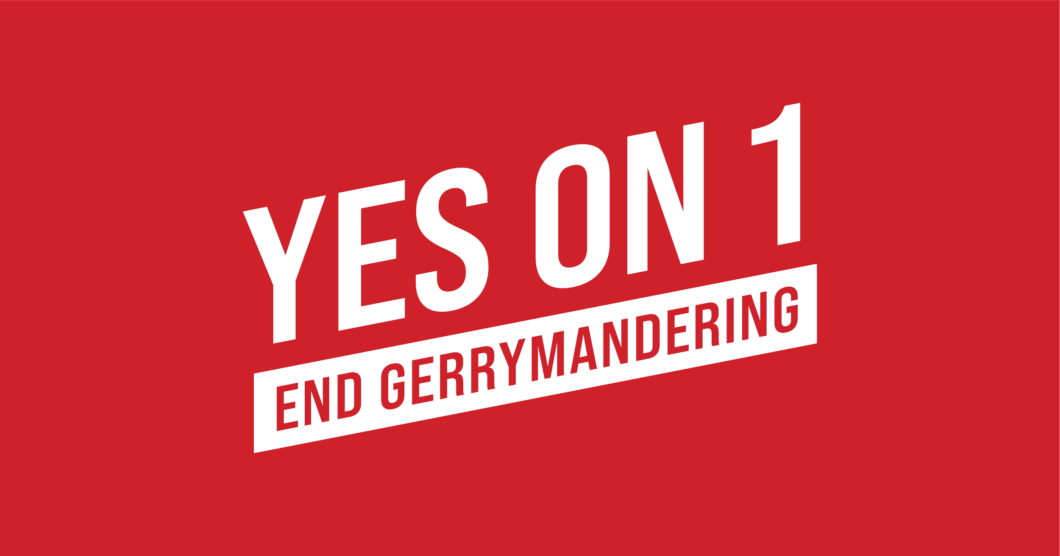Wondering what gerrymandering has to do with Issue 1, and how the process of drawing congressional maps actually impacts representation for voters?
Gerrymandering and Issue 1
If it passes, Issue 1 would change Ohio’s redistricting process and who draws the congressional district maps every ten years.
The map drawing responsibility would go to a panel of citizens on the Ohio Citizens Redistricting Commission, instead of politicians in office on the Ohio Redistricting Commission.
Issue 1 was introduced by Citizens Not Politicians to end gerrymandering in Ohio.
Gerrymandering means map drawers are manipulating the boundaries to give one political party an unfair advantage in an election.
In 2022, the Ohio Supreme Court ruled the proposed congressional map of Ohio as unconstitutional.
According to Court News Ohio reporter Dan Trevas, the justices agreed the first plan politicians presented “ensured a reliable Republican partisan advantage that was not warranted by the neutral redistricting criteria added to the state constitution by voters in 2018.”
Ohio Organizing Collaborative: “Voting matters”
Molly Shack and Bria Bennett with Ohio Organizing Collaborative shared perspective on engaging marginalized voters, gerrymandering and how it affects representation.
“What we’ve found is that every voter needs to be engaged, organized and persuaded, not even just around parties, but that voting matters,” said Shack. “One of the issues the gerrymandering has caused is this sense that at a fundamental level, people want to believe that with their participation, things can be different for them and the people that they love, and gerrymandering denies that to a lot of people.”
Shack, the executive director of Ohio Organizing Collaborative, has 14 years of experience connecting with voters on issues important to them, as well as understanding of Ohio’s redistricting and Issue 1.
“It was a series of politicians just exerting undue influence and power over the process to make the maps,” said Shack. “Our organization was involved in litigation challenging the maps as unconstitutional. Although the Supreme Court of Ohio ruled in our favor, in the favor of other democracy advocates seven times, the maps didn’t get better, unfortunately. We have been involved since the beginning saying that the process that we have isn’t working, and we need one that’s led by people and not politicians. So that’s what got us involved.”
Bennett explained politicians utilize two gerrymandering strategies that impact Black and minority voters: packing and cracking.
“Packing impacts the Black community when [voters] are packed into one area,” she said. “Think of the districts that are around Cleveland, that are around Youngstown. It’s a high volume of black voters in one particular area.”
Bennett said cracking is the opposite: separating like-minded voters from one another for political advantage.
“So now, either way, the power is diluted,” Bennett said. “When you are packing these voters, it’s diluted because you just have one say in that little area. But then when you’re cracking it, it dilutes it, because now you have half of the folks in a district that doesn’t reflect them. The other half, in addition, that doesn’t reflect them. Overall, gerrymandering just dilutes the power of Black voters.”
Why does accurate representation matter?
Shack said equal and accurate representation for everyone in Ohio at the statehouse is important.
“People having an equal voice representation is really, really important so that the vast majority of issues impacting people can actually be governed to serve, and I think that crosses party lines. People from a lot of different political orientations don’t feel heard or represented in the State House,” said Shack. “When people’s voices are systematically undermined and denied to actually translate to governing, it’s understandable that people don’t see how set of participation can actually yield important changes in their communities.”
Read the original piece here.

